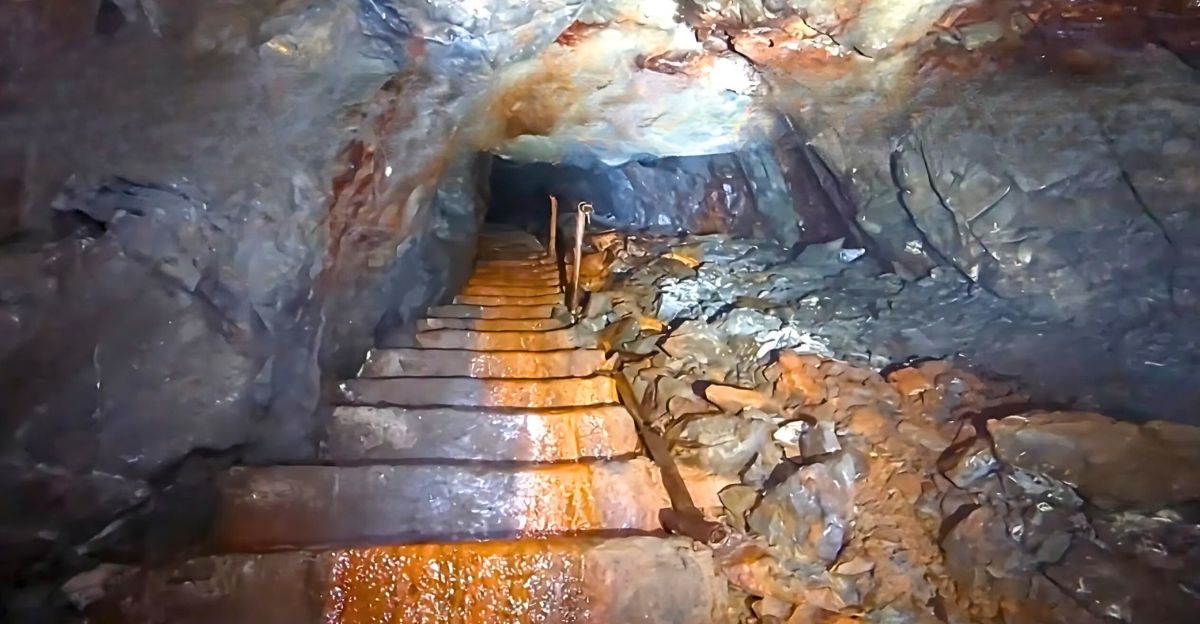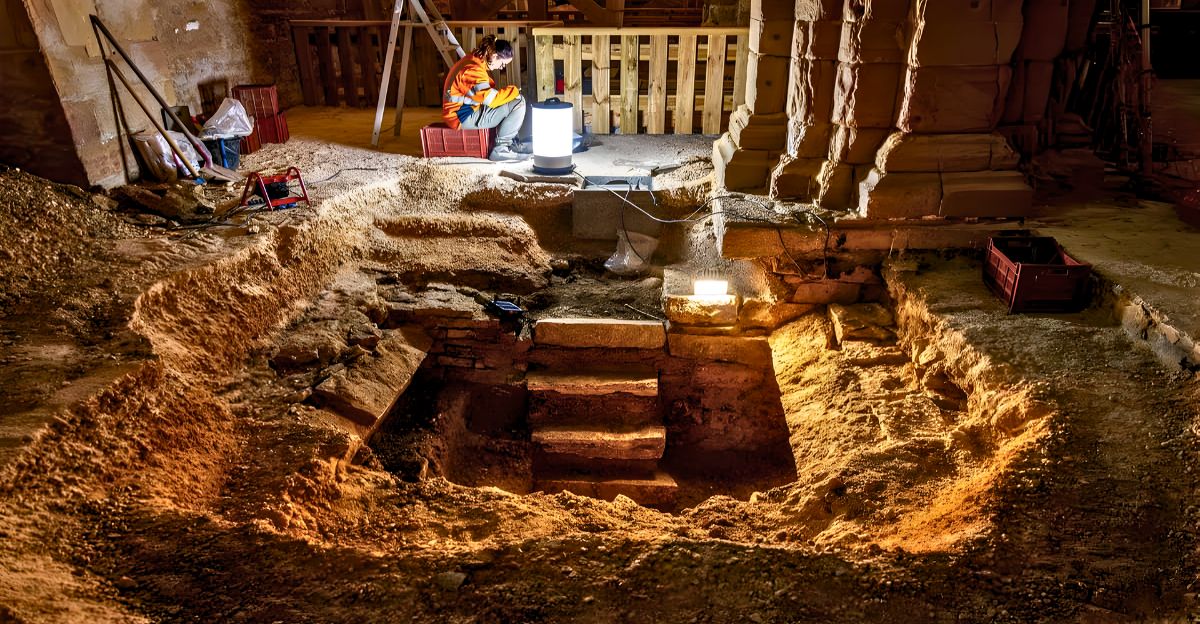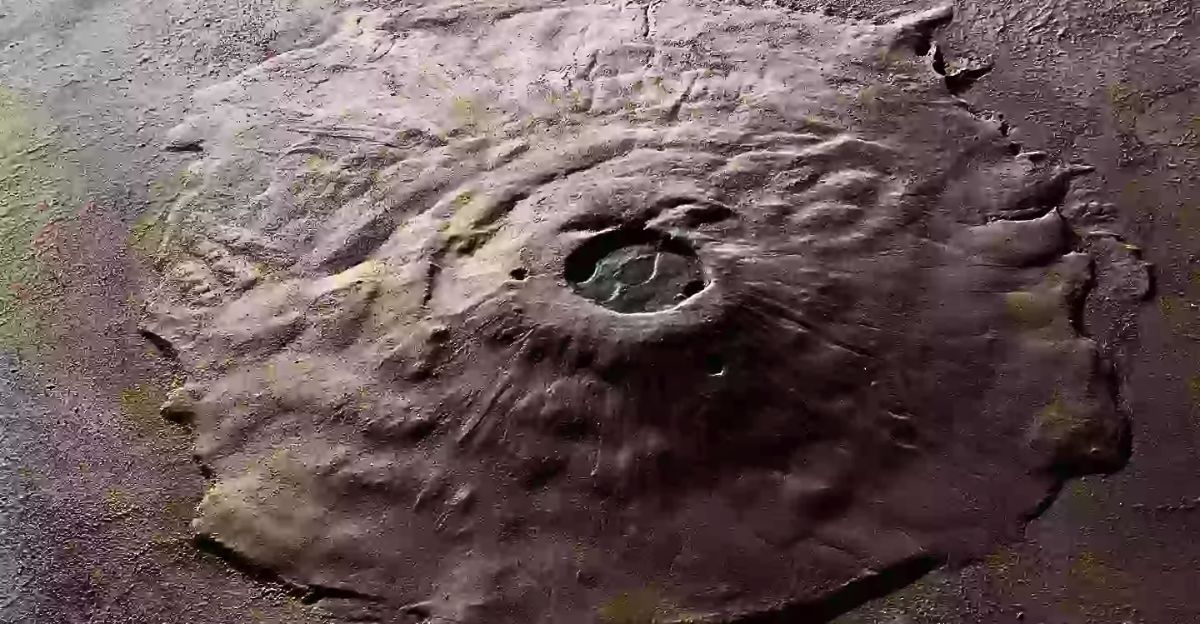
Mars seems to always find a way to surprise us with discoveries that challenge what we know about the Red Planet. Recently, scientists detected enormous underground structures stretching for miles beneath Mars’ surface. These formations are solid and unlike anything seen on the dusty surface, raising questions about their origin and composition. Bart Root, leading the research at Delft University of Technology, described the discovery as “a big mass (something light) deep in Mars’ layer, possibly rising from the mantle,” this suggests that Mars may still have active internal movements. This finding could reshape our current understanding of Martian geology and volcanic activity.
Unveiling Mars’ Hidden Depths

The European Space Agency’s Mars Express orbiter has played a pivotal role by using ground-penetrating radar to peer beneath Mars’ surface. This radar reveals vast underground features, including a massive anomaly beneath the Tharsis Montes region, home to Olympus Mons—the tallest volcano in the solar system. These underground structures are solid and layered, unlike typical surface geology. According to the research team, the anomaly is likely a mantle plume—an upwelling of hot material from deep inside Mars. This discovery challenges previous models of the planet’s interior and also suggests continuous geological activity.
Why Are These Structures Such a Mystery?

These massive underground formations don’t fit known geological patterns and conclusions. Their enormous size, spanning about 1,750 kilometers wide, and depth (around 1,100 kilometers) make them unique. Bart Root’s team explained that this mantle plume could be pushing the Tharsis Montes region upward, contradicting the principle of flexural isostasy, which predicts heavy surface loads cause sinking. “Mars might still have active movements happening inside it,” Root said. This implies Mars’ lithosphere behaves differently than expected, and the underground structures could signal future volcanic activity.
Could These Structures Hint at Past Water?
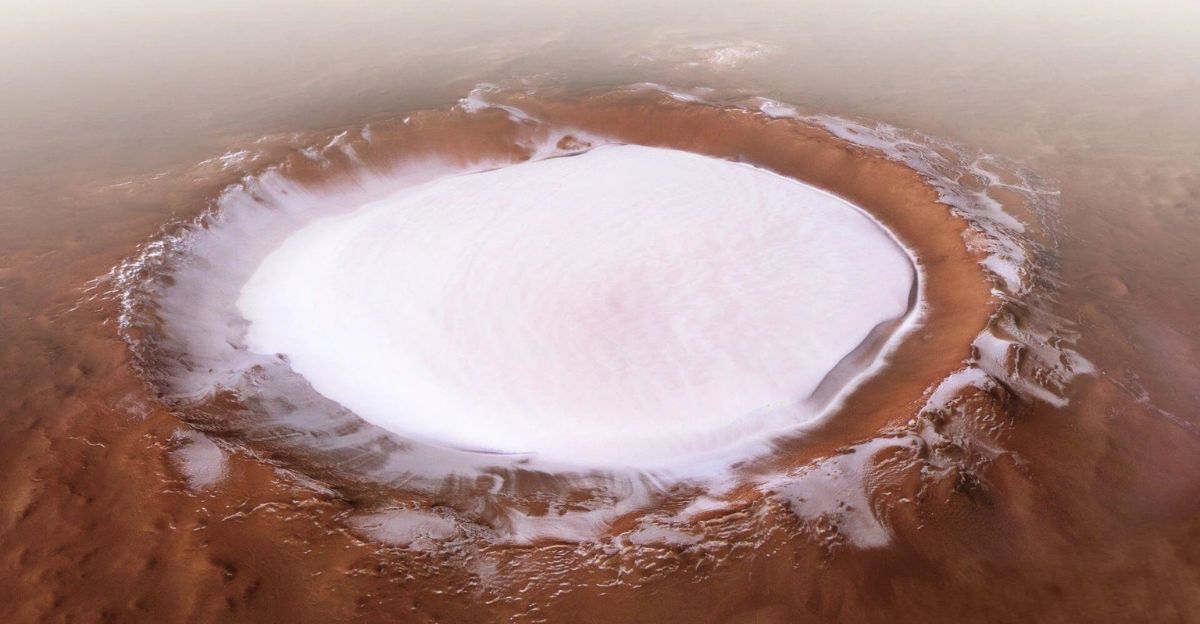
Mars’ watery past has been well documented, but much of its ancient water has disappeared from the surface. New seismic studies suggest large quantities of liquid water may possibly exist underground, trapped in porous rock layers estimated between 5 and 12 kilometers beneath the surface. Researchers Ikuo Katayama and Yuya Akamatsu found seismic wave patterns consistent with water-filled rock pores, similar to Earth’s aquifers. Katayama noted, “Numerous studies indicate that water was present on ancient Mars billions of years ago. However, our model suggests that liquid water still exists on contemporary Mars.” This hidden water could be key to understanding Mars’ climate history and habitability.
The Role of Radar Technology in Discovery

Radar instruments aboard the Mars Express send radio waves into the ground and analyze their reflections to map subsurface features. Different materials reflect waves differently, allowing scientists to clearly distinguish between solid rock, ice, or voids. This technology revealed the mantle plume beneath Tharsis Montes and other dense underground structures, invisible to optical cameras. The data also showed dense features beneath Mars’ northern polar plains, which may be ancient volcanic remnants or compacted impact materials. These discoveries rely heavily on radar’s ability to peer beneath the dusty surface and reveal Mars’ hidden geology.
Implications for Future Mars Exploration

It is very important to understand these underground structures for planning future missions. If stable, they could serve as natural shelters or contain resources like water ice for astronauts. Bart Root’s research highlights the potential for ongoing volcanic activity, which could affect the safety of the landing site. Mapping these formations will help mission planners select safe, resource-rich locations. As NASA and other agencies prepare for human exploration, knowing what lies beneath Mars’ surface is crucial for ensuring astronaut safety and mission success.
What Do Scientists Hope to Learn Next?

Scientists now aim to gather a better understanding of the composition and formation of these underground giants. Future missions may include advanced radar, seismic instruments, or drilling technologies to probe deeper into the surface. Dr. Michael Jones from Queensland University of Technology, who studies mineral formations on Mars, emphasizes the importance of understanding water movement beneath the surface, saying, “Sulphate minerals exist with different amounts of water in most regions on Mars and allow us to understand how water moved around the planet.” Such insights will clarify Mars’ geological and potentially biological history.
Could These Be Signs of Past Life?
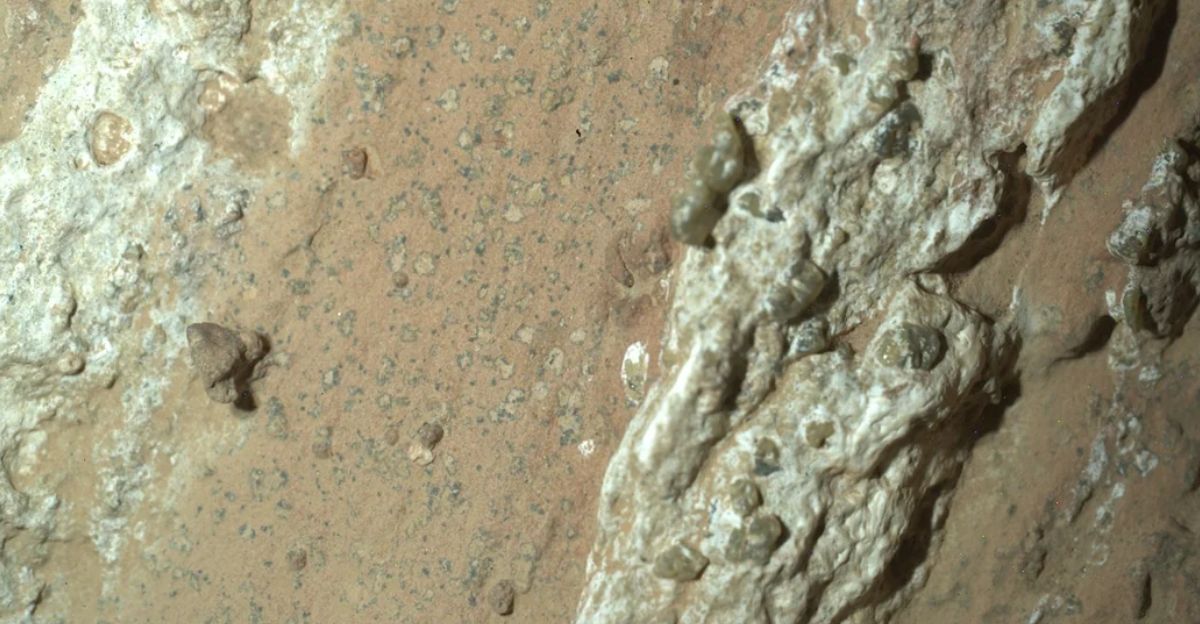
While there currently is no direct evidence linking these underground structures to life, their discovery fuels speculation. On Earth, subsurface environments often shelter microbial life, protected from harsh surface conditions. The presence of liquid water aquifers and mineral-rich layers beneath Mars could create habitable niches. Researchers believe these underground areas could be prime targets in the search for ancient Martian life, offering protection from radiation and temperature extremes that dominate Mars’ surface.
Challenges in Studying Martian Underground Features

Interpreting radar and seismic data from Mars is complex, to say the least. The resolution limits what scientists can detect, and the planet’s harsh conditions make sending landers or rovers to investigate underground features directly very difficult. It can also be very costly if the correct equipment is not used. Katayama and Akamatsu’s seismic analysis depended on rare marsquake and meteorite impact data to map subsurface water. “Interpreting the data requires careful analysis and innovative technology,” they note. Overcoming these challenges will require advanced instruments and creative mission designs to unlock Mars’ subterranean secrets.
The Excitement of the Unknown
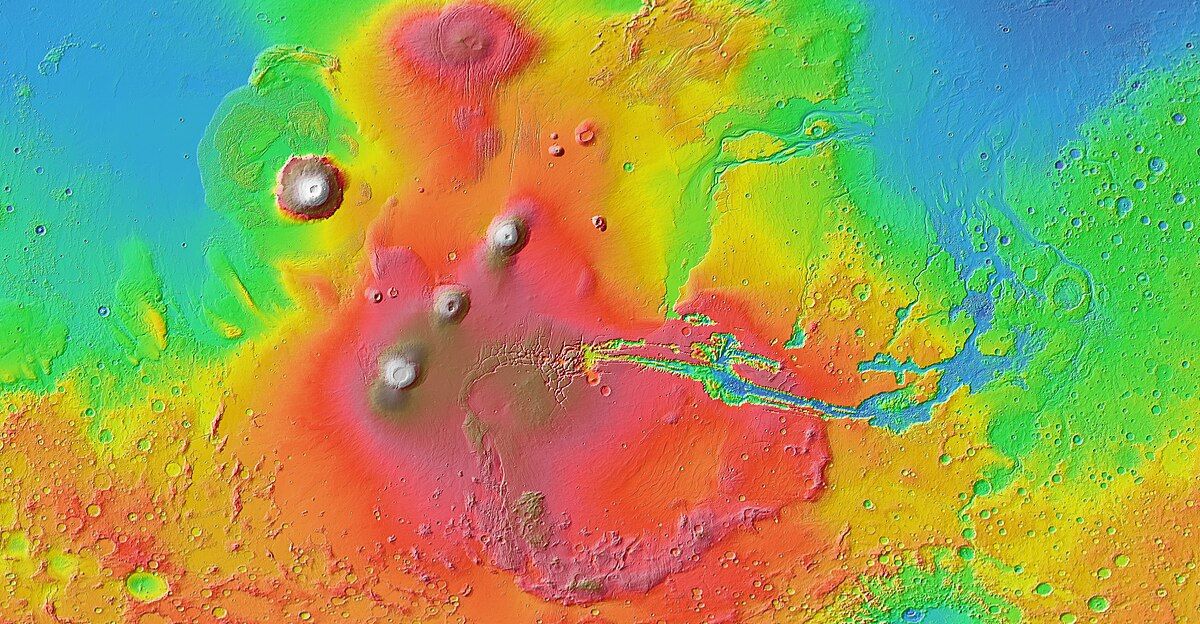
Discovering these giant underground structures on Mars is a good reminder to us of how much remains to be discovered and explored. Each new finding raises so many new questions and drives scientific curiosity forward. Bart Root’s team’s mantle plume discovery suggests Mars is more geologically active than previously thought, while seismic evidence of underground water hints at hidden habitats. These mysteries inspire future missions and deepen our connection to the Red Planet. As exploration continues, these subterranean giants will remain a beacon for discovery, fueling our quest to understand Mars’ past and its potential for life.

